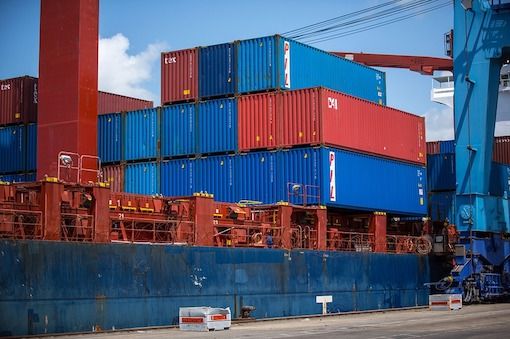
One effect of the threat of war is that the issue of whether a country’s armed forces are in a fit state to fight climbs up the political agenda. Similarly, the threat of a trade war resulting from the Trump administration’s policies and from concerns as to the effects of China’s industrial strategy has made the question of trade remedies vitally important: in a trade war, trade remedies are the heavy artillery.
For the UK, the renewed focus on trade remedies comes just as the UK is leaving the European Union and taking steps to set up its own trade remedies regime.
Trade remedies are exceptions, permitted under World Trade Organisation rules, to the general principle of non-discrimination that tariffs should be applied uniformly no matter where the imported product comes from. A trade remedy is a permitted additional tariff—often a very large one—applied to products coming from a particular country or countries.
There are three types of trade remedy recognised under WTO rules (and, in addition, there is a general exception for matters of national security which could in theory provide the basis for imposing a specific tariff).
Anti-dumping duties may be imposed on another country’s exports where those exports are being “dumped”—essentially exported at prices well below those paid in the other country’s own market. Countervailing measures may be imposed where another country’s exports benefit from subsidies.
Finally, safeguard measures may be imposed to protect national producers against a sudden increase in imports—though where safeguard measures are imposed by an importing country, the exporting country may respond by imposing “substantially equivalent” tariff increases on imports from that country. (It is that last rule that provides the WTO legal basis for the EU’s “retaliatory” tariffs in response to the Trump tariffs: the EU does not accept that the Trump tariffs fall under the national security exception, and considers that they should be seen as safeguard measures to which it is entitled to respond.)
These remedies are frequently used. At present, the EU has around 114 trade remedies in place covering products from solar panels to glass fibres to bicycles. A large proportion of these apply to products from China, but other countries such as India, Brazil, Turkey, and Russia also feature.
Since 1973 the UK has essentially contracted out its trade remedies policy to the EU. After Brexit, that will all change.
The government’s proposals for a new UK trade remedies regime are spread over two Bills currently before parliament: the Trade Bill and the Taxation (Cross-border Trade) Bill. The basic idea is to set up an independent Trade Remedies Authority (TRA) that will investigate whether trade remedies can be applied under WTO rules and if so whether it is in the UK’s economic interest to do so. If the TRA finds that those tests are passed then the secretary of state takes the final decision, and can reject the TRA’s recommendation on public interest grounds. Decisions on “retaliatory” tariffs are however to be left to the secretary of state alone.
Much of the detail as to how this will work is to be set out in regulations and is at the moment unclear. However, it is hard to see how the regime could possibly be up and running by March 2019.
The TRA does not yet legally exist. Recruitment to it is likely to be difficult given the limited number of UK-based professionals with trade expertise or any experience of the complex task of running trade investigations, the modest salaries offered, and the deep uncertainty (which I am about to come to) as to whether it will ever operate at all. Moreover, if the UK crashes out of the EU in March 2019, it won’t be possible simply to roll over existing EU trade remedies, since WTO rules require trade remedies to be based on specific findings of injury to the domestic market—and EU remedies are based on findings of injury to the EU, rather than to the UK, market.
A further huge question mark has been placed over the whole project by the Chequers proposals for a facilitated customs arrangement (FCA). Under this plan there would be no customs formalities for products flowing between the UK and EU, but the UK would collect EU tariffs on imports from third countries, rebating those tariffs where the UK tariff was lower and where the products stayed in the UK. The FCA structure offers little practical scope for the UK to impose trade remedies where the EU does not, or higher duties than the EU’s: any importer of a product where that was the case would simply import the product into the UK via the EU (which is simply not going to apply additional UK duties at its border).
Further, in a case where the EU imposed a remedy but the UK did not, it is unclear whether the UK would be entitled under WTO rules to impose the EU’s additional duties at its border given that the UK would have decided that it had no basis itself to impose such remedies. But the FCA simply cannot work unless the UK is able to do that, since otherwise there would be a gaping hole in the EU’s external tariff wall.
All of this will be academic if, as seems inevitable, the EU rejects the FCA. As matters stand, it seems entirely possible that in that scenario, and whatever the government’s views, parliament will vote for a customs union with the EU. In a full customs union, the UK could not operate its own trade remedies policy but would simply apply EU trade remedies in the formulation of which it would have had no more than a consultative role. Whether that is an acceptable position for the UK to be in, in a world where trade remedies are increasingly important and controversial, is an interesting question.













